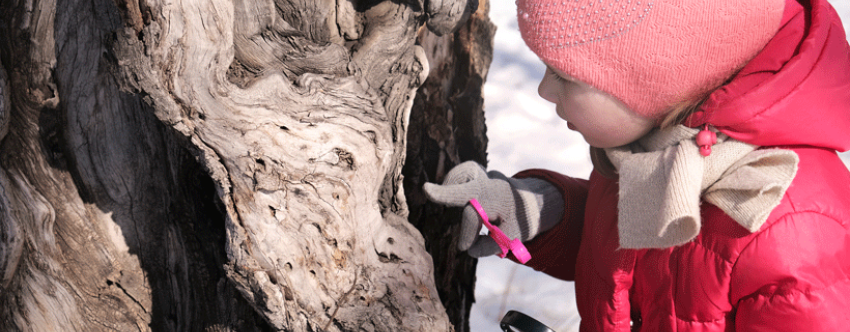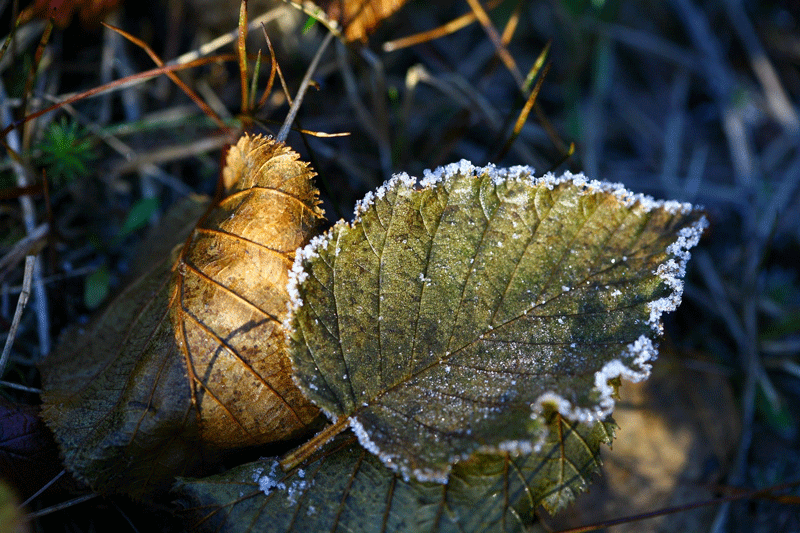News & Views

Top tips for outdoor learning this winter
We may be reaching the end of term, but winter is just beginning. Encourage a stoic approach to the cold weather with some creative ways to make the most of the season through outdoor learning.
Start your approach to outdoor learning with this great hack: The Three Muddy Ms! The Muddy Puddle Teachers follow this ethos to enhance the quality and purpose of teaching outside. This ethos ensures that your outdoor lessons are always purposeful. When you take the lesson outdoors, do so because it has a benefit to that lesson that being inside would not have given you.
The Three Muddy Ms
- Mother Nature: use natural items where possible. This allows for sensory development to occur but also for children to get hands-on with nature, connect with it and respect it. It also is a great way to be more sustainable, get creative and become original thinkers. Essentially, making something out of nothing is great for nurturing free-range thinking.
- Mental health: when we are outside, we allow kids to be kids. With lots of free, child-led play, time to be silly, be loud, move, talk and play games and connect with others.
- More kids moving: inside is for sitting. The outside is for moving. Encourage lots of big gross motor movements, activity, running and doing all of those physical movements you cannot do for safety reasons inside.
Use one or use all three, but refer to these Three Muddy Ms and you won’t go far wrong in teaching outstanding outdoor learning sessions.
Here are some top tips to help you get your pupils out of the classroom this winter. No matter what the weather brings, there are opportunities to learn. With lots of cold weather arriving, it is important to keep all lessons active.
Solids, liquids and gases
There's a natural synergy between outdoor environment and science/knowledge and understanding of the world (KUW), with so many opportunities for learning about our world that need to be done hands-on! Learning about the properties of solids, liquids and gases is one of these!
For KS1 and KS2, start by heading outside and explaining what atoms do in solids, liquids and gases, physically. Help children visualise this by grouping together to represent a solid, gaining a bit of space from one another for a liquid and seeking more space again for gas.
Frosty, cold days are perfect for this lesson and there are then plenty of opportunities for children to see many natural solids, liquids and gases out there. Hand out a whiteboard and pen and ask children to categorise and name any solids, liquids and gases they find. Also observe and take note of any changing state, for example, the frost turning into water, why and how. Encourage the children to think scientifically and raise lots of questions. The teacher then records these and encourages more research once back in the classroom.

Crafty capacity on rainy days…
Very rarely do you ever hear, ‘wait for a rainy day’. More than likely, we are wishing the rain away but for this lesson you need it!
Have some containers by your door: for younger children, yoghurt pots are fine; for older children, use measuring jugs. Then (dressed appropriately) head outside and catch the rain in your containers. Spend 10 minutes doing this and have a big bucket ready so they can pour what they catch into it. This is so you can explore bigger measurements later. This activity encourages conversations and the application of correct mathematical terms and understanding.
Vocabulary tips to use:
EYFS: How many cups did you pour in? Was the cup full, half-full or empty?
KS1: How many millilitres of rain did you catch?
KS2: How many millilitres/litres of rain did you catch? Find a partner and work out how many millilitres/litres you have altogether. If Sam caught 50ml and you caught 60ml, what is the total volume of water?
Remember they have also been pouring all of their rain into one main bucket. Try to see if the children can estimate its total volume, then work it out altogether. Keep to cups with the little ones and move to millilitres/litres with the older children.
Then all you have to do is wait for another rainy day and try to beat your score!
Explore shapes
There is so much scope for exploring shapes outside. Begin this lesson by going outside and looking at nature, finding shapes in natural objects and the patterns and lines that make their appearance. Why do natural objects have these shapes? What is their purpose?
EYFS: Ask the children to make simple 2D shapes on the floor using natural items such as a square, pentagon and circle. Could the children finish this off with a repeating pattern, for example, a square, circle or square circle?
KS1: Hand out some clay and instruct the children to have a go at making 3D shapes using small sticks and binding the vertices together using clay.
KS2: Hand out some large one-metre bamboo sticks and sticky tape. Invite the children to work in teams to make large 3D shapes, such as a square-based pyramid cuboid. Turn the task into a challenge by having a timer and setting 10 minutes to complete it.
Help pupils grow in confidence and skills through outdoor lessons with the Outdoor Learning Award.
About the author

Sarah Seaman is the founder and CEO of The Muddy Puddle Teacher. She has a deep-rooted connection with the outdoors and this is entrenched in her work as an award-winning teacher, trainer and presenter. She has recently authored a book, The Muddy Puddle Teacher: A playful way to create an outdoor early years curriculum.